According To The variety This weekend, the jaw-dropping commercial triumph of “It Ends with Us,” a romantic soap opera with dark undercurrents starring Blake Lively (it’s just about the only hit film this summer that isn’t an escapist fantasy), ought to give the entire movie industry pause. It should tell the industry that it needs to be making different kinds of movies. These kinds. Yet I’m not sure if Hollywood film culture, as it stands now, can take in that lesson as long as it has a term like “chick flick” on the brain, and as long as it applies that term — lazily and reflexively — to a movie like “It Ends with Us.”
For a long time, “chick flick” was a phrase that gave off a knowing retro wink of ironic feminist power. I never liked the term myself, and refused to use it in my reviews. Yet I saw why it had come into vogue. The word “chick” was a sexist relic of the ’60s, and women using “chick” in a hip way was a bit like the gay reclaiming of “queer.” It turned something patronizing into something liberating. And joining “chick” with “flick” was, in its cute way, an assertion of cultural identity.
It was all part of the new wave of self-aware party-girl feminism that kicked in around the time of “Pretty Woman” and reached full throttle in the age of “Sex and the City.” A chick flick, according to the definition, was a romantic comedy or maybe, at times, a non-comic romantic weeper that women gravitated to out of a kind of primal impulse. It was an update of the old studio-system concept of the “women’s picture,” and by the time the ’90s were in full swing, there were so many chick flicks that even the cliché image of watching a chick flick had become iconic — the meme, now more than a bit cringe, of a woman at home by herself, staring at a guilty-pleasure movie late at night on TV as she laughed and cried into her pint of designer ice cream.
What was really going on, of course, is that women were claiming a new kind of ownership of some of the only movies that were actually aimed their way. The term “chick flick” sealed that ownership. And if the subtext of the term was an affectionate smirk at the idea that these movies were often shlocky as hell, that too could be a form of authority. Women who were proud lovers of “chick flicks” were saying, “We have no illusions about what these movies are. They are wide-eyed romantic fairy tales, they are fantasies, they are cheese. But they’re our cheese.”
Many would probably agree that “chick flick,” as a term (so redolent of the age of Nora Ephron), is out of date. They might say in response: Let’s come up with a new term! But that’s not really the point. What’s out of date isn’t merely the phrase. And it’s not merely the notion that we stick these movies in a category that conflates female consciousness with kitsch.
No, what’s perilously out of date about the term “chick flick” is the very idea that these movies — that any movie — has such a tidy and circumscribed demo. It all started as marketing shorthand, but it’s become an insidious cultural lie. And let’s be clear about what the lie is.
Yes, there are movies with an appeal that leans toward women, or men, or African-Americans, or what have you. But that doesn’t mean those films are experienced in a self-contained demographic bunker. In the ’90s, horror and action were thought of as almost exclusively “guy” genres. Yet women were attending those films in gradually increasing numbers, making that mythical demo model outmoded. (The audience for horror is now a potent mix.)
To truly parse the chick-flick audience, just imagine, for a moment, that you could somehow gather a definitive tally of every single person who ever went to see a chick flick in a movie theater in the 1990s and 2000s. I have no doubt that more than half of them would be women. But what about…the men? Were they all just sitting there, dragged by their wives and girlfriends and dates? Did they not enjoy the movies? Do men not like romantic comedies? Do they not sometimes seek them out? Forgive me, but do they not like to cry at the end too?
We are living, in many ways, in a progressive society, where more and more people — of every gender, sexuality, ethnicity — do not conform to stereotypes. That’s the whole point of the culture we’ve been fighting for: that we don’t pigeonhole individuals. Yet when it comes to talking about the tastes and behaviors of moviegoers, we are stuck, on some level, in the 1950s. And the terrible thing is, we use the tropes of that cliché thinking to limit the movies that get made.
News flash: This is not the 1950s, and it’s not 1985 or 1995 either. If we survey the chart-busting success of “It Ends with Us” and say, “Of course! It was based on a popular women’s novel. All these women turned out for it. Sometimes the female demo can really speak at the box office!”…if that’s how we think, then we’re detracting from the power of what a movie like this one means in the marketplace. Is it a chick flick? A “women’s picture?” Maybe. But it is also simply a human drama. The kind of intensely watchable mainstream movie we ought to be returning to. If women are leading the way there, then fine, but let’s follow them and stop thinking of their taste as something we should put in a box.

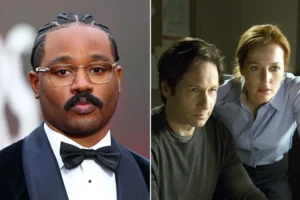




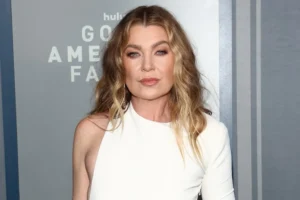



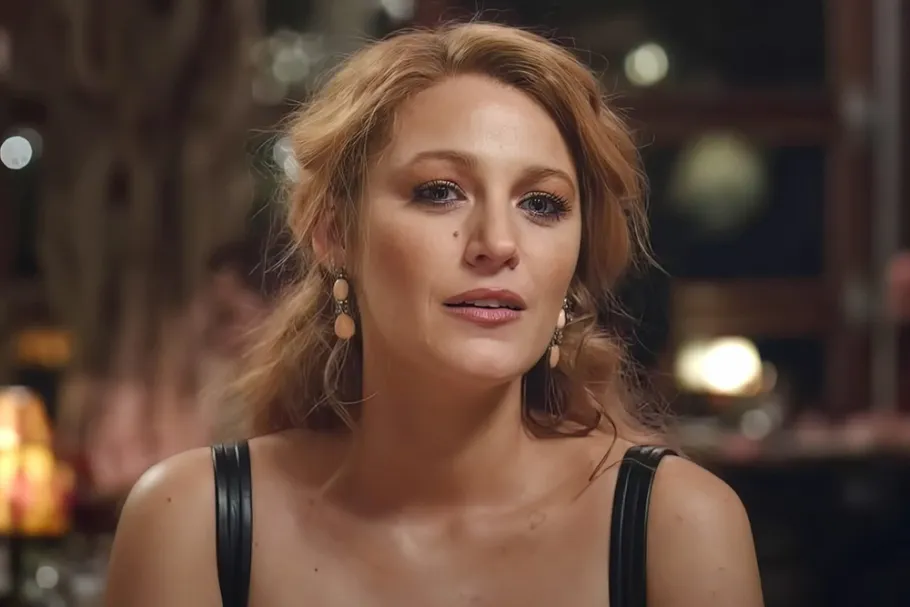
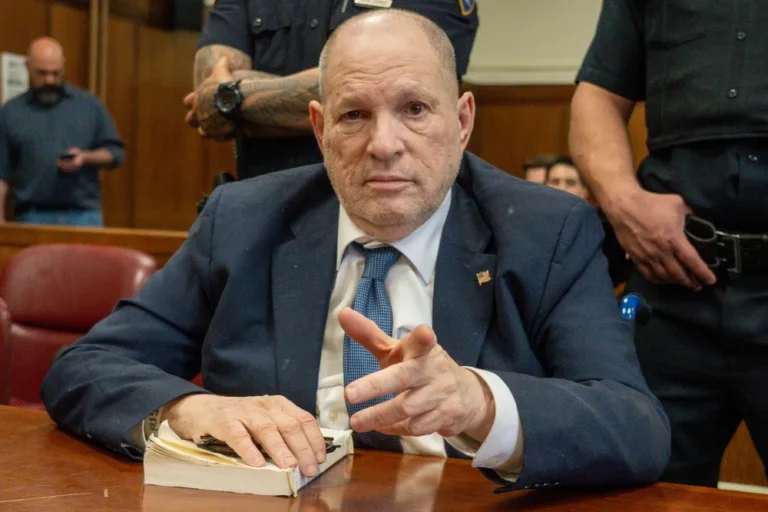



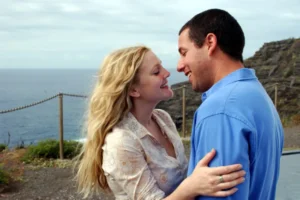
+ There are no comments
Add yours